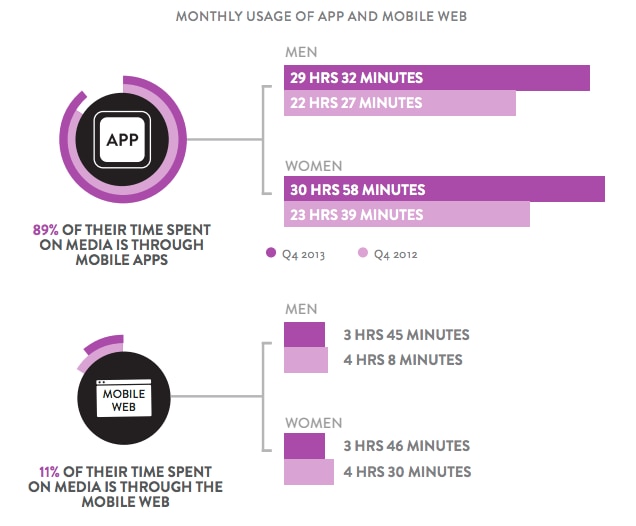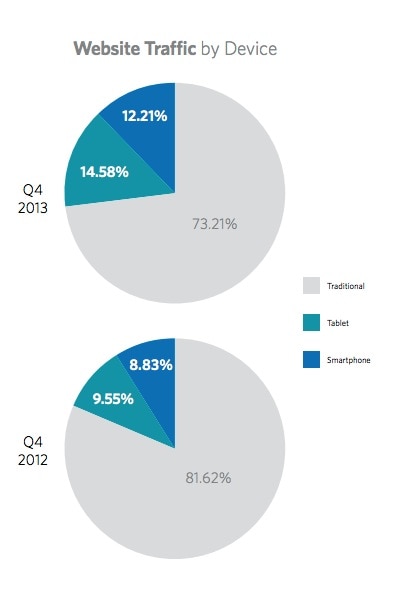Megatrends are defined as global, sustained and macroeconomic forces of development that impact business, economy, society, cultures and personal lives, thereby defining our future world and its increasing pace of change. Devices have rapidly evolved – becoming smaller, more powerful and more affordable. Network speeds continue to increase. But, one of the biggest drivers in today’s mobility is more emotional in nature; namely, the importance consumers now attach to their devices. Leadership is extremely important in the face of megatrends. especially when it comes to mobile devices and the opportunity it holds.
This megatrend includes advances in wireless technology, the consumerization of IT and end-point devices that are getting smarter and smaller. However, mobility is different from the Internet revolution in one critical way: The Internet drove changes to the technology that connected IT leaders with customers and partners. The wireless-consumerization-smart-and-small-device mobility megatrend, in contrast, opens the door to a dramatic change for the workforce. Confronting these changes with a mobile strategy in place is paramount.
Book a demo today to see GlobalDots is action.
Optimize cloud costs, control spend, and automate for deeper insights and efficiency.

Application development fits into the puzzle
With the use of mobile devices to access business applications exploding, companies are under pressure to craft a mobile application strategy for their workforce and their customers. Organizations need to know who is accessing which business applications and for what purpose before they start optimizing content and delivery for computing devices.
Business Intelligence (BI) as part of a mobile strategy
Mobile BI is coming into its own as smartphones get smarter and tablet adoption becomes ever more popular. Even companies that boast some pretty sophisticated BI solutions are part of the scramble to make BI part of their mobile strategy
You can read more on mobile strategies at TechTarget.
Not only can the consumer get product information, and even compare prices on a smartphone, but he or she will soon be able to use the phone to pay for that product, even if it’s purchased in store. Near-field communications, or NFC, allows connections between devices in close range to facilitate both person-to-person and traditional retail payments. In a retail setting, a digital reader in store scans a barcode displayed on the customer’s smartphone screen. That barcode is linked to a credit card, bank account or other payment vehicle. In the future, our experts agree: expect more rapid change. Significant advancements in mobile device processing power, bandwidth connectivity and continued mobile adoption are all on the horizon.

In 3 years mobile “should” take over desktop internet usage. Although no one can predict the future, one thing is for certain: the static world is ancient history. The era of mobility is upon us and will continue to change the way we work, the way we live and the way we interact with the world around us.
Prices of mobile devices, as well as the tariffs for mobile services, have declined sharply, resulting in unprecedented growth in subscriber and penetration numbers. Mobile penetration in most markets today exceeds 100%. The economic added value, that was created based on providing mobility to consumers, has been significantly exploited. It is quite possible that, if executed well, penetration levels of 800% or a total connected device ecosystem exceeding 80 billion devices by the year 2020, will be the result. The connected device ecosystem will enable companies to collect real time information on the usage of their products and services. This will significantly improve the quality of products, increase the pace of innovation and most importantly lead to better utilisation of global resources. Business models will change from outright purchase of products to pay as you go, as information about exact usage trends will be available.

Email in the office to email everywhere was the baby step in what’s become a full-scale sprint in the mobile enterprise evolution. Company app stores are becoming the norm, chocked full of downloadable applications nestled securely behind the firewall.
More about the mobile phenomenon at Outsourcing Center.
Here are some of the statistics gathered at Digby.com :
- 56% of American adults are now smartphone owners. (Source: Pew Internet & American Life Project, 2013 )
- 75 percent of Americans bring their phones to the bathroom. (Source: Digiday, 2013 )
- 65% of U.S. shoppers research products and services on a PC and make a purchase in-store. (Source: Cisco, 2013 )
- 54% use or would like to use digital touchscreens in-store. (Source: Cisco, 2013 )
- 48% use or would like to use a smartphone to shop while in-store or on the go. (Source: Cisco, 2013 )
- 80% of smartphone owners want more mobile-optimized product information while they’re shopping in stores. (Source: Moosylvania, 2013 )
- Mobile searches related to restaurants have a conversion rate of 90% with 64% converting within the hour. (Source: xAd and Telemetrics, 2012 )
- 4 out of 5 consumers use smartphones to shop. (Source: comScore, 2012 )
GlobalDots offers a unique solution for mobile acceleration
Expansive server infrastructure and the IT know-how required to run it is costly to say the least. Globaldots can save businesses millions in database and mobile delivery costs by redirecting end users to the proper mobile site based off of precise platform and device specifications, using Mobile Detection and Redirect. Mobile users are consuming content faster than ever, making it that much more important to connect with them where it matters most—their mobile devices.
The GlobalDots’ solution features Intelligent Device Recognition, speed optimisation, edge server architecture, enhanced mobile protocol, indefatigable support and more, making the mobile website a more friendly place.
You can read more on GlobalDots’ mobile delivery here.







